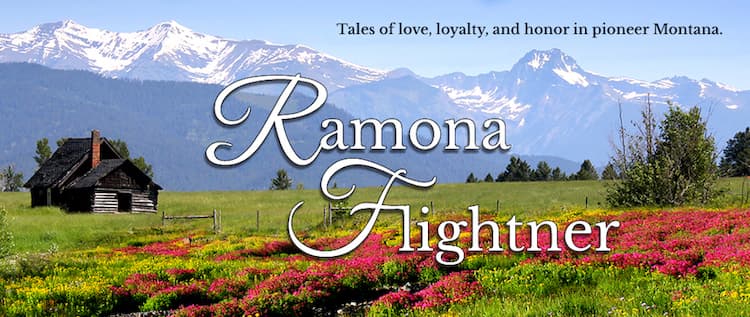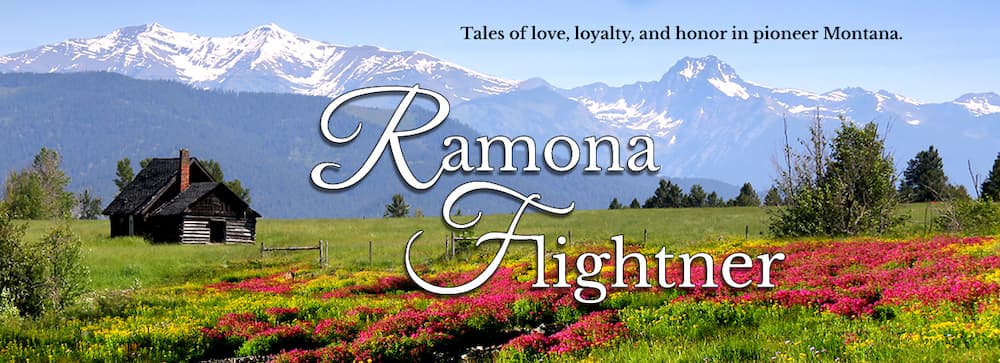By Ramona Flightner/ @ramonaflightner
Every year, in early spring, the sap begins to flow. I don’t know who discovered that by boiling down the sap from maple trees and then evaporating off the excess water, you were left with a fantastically sweet syrup. Whoever he was, I thank him. Though I am from Montana, I was raised eating real, delicious New Hampshire maple syrup. My cousin, John, began sugaring in 1975 and kept my family well stocked. I thank him, too.
I had joined John on a few sap runs many years ago with the promise that I would return again during sugaring season. A few weeks ago, I finally traveled to the western part of New Hampshire on a gloriously sunny weekend. This winter has been extremely mild in New England and the sap started running earlier than anyone could remember. John thinks that this year they tapped the trees the earliest in 100 years. I was worried they would have a bad season, but the sap started running, and it ran so much that at times they had to work through the night collecting it or run the risk of having the sap overflow the collecting bins and be lost.

I loved riding around in the large truck, going from collecting bin to bin, eager every time to see how much sap was waiting for us. For most of the trees, the lines are gravity fed, meaning that the sap runs when the conditions are good but tapping them doesn’t damage the trees. I marveled at the criss-crossing pattern of tubing lines in the forests. Each line has to be checked before sugaring season starts, often beginning in the fall, to make sure that nothing has fallen on the lines. There were thousands of tubing lines, like a huge blue spider’s web in the forest, each with little bubbles passing through them showing that sap slowly moved through it. It seemed as though we were collecting a lot of sap, but then John told me it takes 40 gallons of sap to make 1 gallon of maple syrup. Wow!

Some people who have a small sugar house or make syrup for their family’s use still place a steel bucket on the side of the tree under a tap. It was a nice reminder that sugaring can be done by everyone.
Back at the sugar house, Stuart and John's (http://stuartandjohnssugarhouse.com), it was fascinating to watch the entire production. The sap we had collected was placed in large holding vats and passed through a reverse osmosis machine to remove some of the water. From there, it would travel through numerous stages to eventually make it to the evaporator. I know there are many more steps I am missing, but the final step, (besides my favorite of sampling the maple syrup), is to check the syrup’s consistency and color to determine its grade. On the day I visited, the syrup was Medium Grade. I had always thought I enjoyed Fancy, a lighter grade of syrup, but the Medium grade that day was the most delicious syrup I had ever tasted. The best part of spending time in the sugar house was that there was a small pitcher of syrup for samples.

Delicious! The only thing missing was the snow to drizzle it over.









